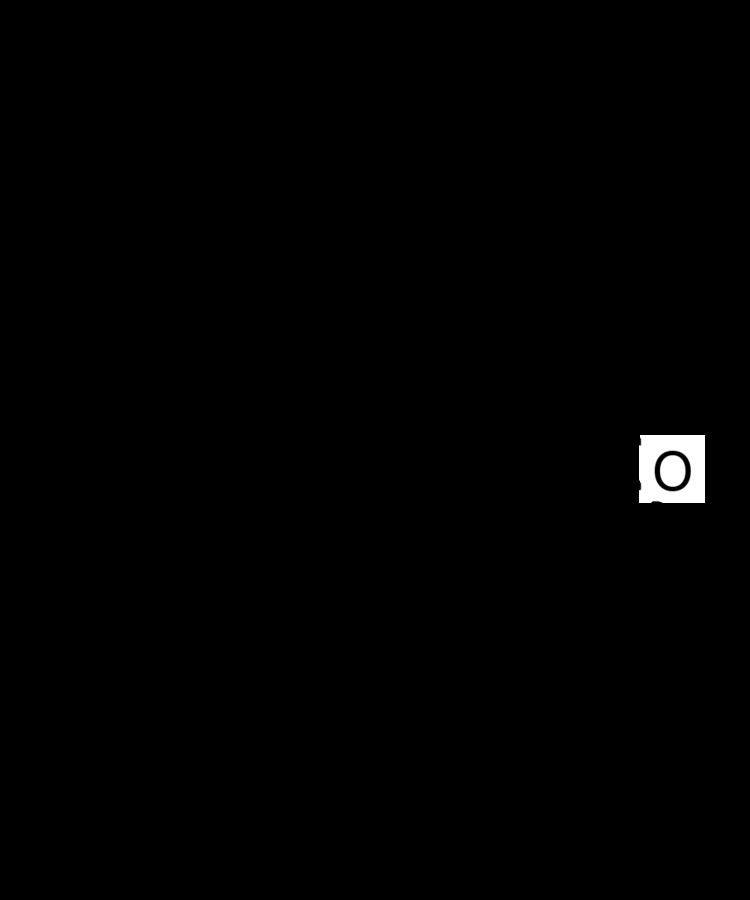 | ||
Specular reflection, also known as regular reflection is the mirror-like reflection of waves, such as light, from a surface. In this process, each incident ray is reflected, with the reflected ray having the same angle to the surface normal as the incident ray. The result is that an image reflected by the surface is reproduced in mirror-like (specular) fashion. The law of reflection states that for each incident ray the angle of incidence equals the angle of reflection, and the incident, normal, and reflected directions are coplanar. This behavior was first described by Hero of Alexandria (AD c. 10–70).
Contents
Background
When light hits a surface, there are three possible outcomes. Light may be absorbed by the material, light may be transmitted through the surface, or light may be reflected back. Materials often show some mix of these behaviors, with the proportion of light that goes to each depending on the properties of the material, the wavelength of the light, and the angle of incidence. For most interfaces between materials, the fraction of the light that is reflected increases with increasing angle of incidence
Reflected light can be divided into two sub-types, specular reflection and diffuse reflection. Specular reflection reflects all light at the same angle, whereas diffuse reflection reflects in a broad range of directions. An example of the distinction between specular and diffuse reflection would be glossy and matte paints. Matte paints have almost exclusively diffuse reflection, while glossy paints have both specular and diffuse reflection. A surface built from a non-absorbing powder, such as plaster, can be a nearly perfect diffuser, whereas polished metallic objects can specularly reflect light very efficiently. The reflecting material of mirrors is usually aluminum or silver.
Law of reflection
The law of reflection describes the angle of reflected light: the angle of incident light is the same as the angle of the reflected light.
The law of reflection arises from diffraction of a plane wave with small wavelength on a flat boundary: when the boundary size is much larger than the wavelength, then electrons of the boundary are seen oscillating exactly in phase only from one direction – the specular direction. If a mirror becomes very small compared to the wavelength, the law of reflection no longer holds, and the behavior of light is more complicated.
Vector formulation
The law of reflection can also be equivalently expressed using linear algebra. The direction of a reflected ray is determined by the vector of incidence and the surface normal vector. Given an incident direction
where
where
Reflectivity
Reflectivity is the ratio of the power of the reflected wave to that of the incident wave. It is a function of the wavelength of radiation, and is related to the refractive index of the material as expressed by Fresnel's equations. In regions of the electromagnetic spectrum in which absorption by the material is significant, it is related to the electronic absorption spectrum through the imaginary component of the complex refractive index. The electronic absorption spectrum of an opaque material, which is difficult or impossible to measure directly, may therefore be indirectly determined from the reflection spectrum by a Kramers-Kronig transform. The polarization of the reflected light depends on the symmetry of the arrangement of the incident probing light with respect to the absorbing transitions dipole moments in the material.
Measurement of specular reflection is performed with normal or varying incidence reflection spectrophotometers (reflectometer) using a scanning variable-wavelength light source. Lower quality measurements using a glossmeter quantify the glossy appearance of a surface in gloss units.
Internal reflection
Total internal reflection occurs when light is propagating in a material with higher index of refraction than the material of the surface that it strikes causing reflection and when the angle of incidence is greater than a certain critical angle. Specular reflection from a dielectric such as water can affect polarization and at Brewster's angle reflected light is completely linearly polarized parallel to the interface.
Reflected images
The image in a flat mirror has these features:
The reversal of images by a plane mirror is perceived differently depending on the circumstances. In many cases, the image in a mirror appears to be reversed from left to right. If a flat mirror is mounted on the ceiling it can appear to reverse up and down if a person stands under it and looks up at it. Similarly a car turning left will still appear to be turning left in the rear view mirror for the driver of a car in front of it. The reversal of directions, or lack thereof, depends on how the directions are defined. More specifically a mirror changes the handedness of the coordinate system, one axis of the coordinate system appears to be reversed, and the chirality of the image may change. For example the image of a right shoe will look like a left shoe.
Examples
A classic example of specular reflection is a mirror, which is specifically designed for specular reflection.
In addition to visible light, specular reflection can be observed in the ionospheric reflection of radiowaves and the reflection of radio- or microwave radar signals by flying objects. The measurement technique of x-ray reflectivity exploits specular reflectivity to study thin films and interfaces with sub-nanometer resolution, using either modern laboratory sources or synchrotron x-rays.
Non-electromagnetic waves can also exhibit specular reflection, as in acoustic mirrors which reflect sound, and atomic mirrors, which reflect neutral atoms. For the efficient reflection of atoms from a solid-state mirror, very cold atoms and/or grazing incidence are used in order to provide significant quantum reflection; ridged mirrors are used to enhance the specular reflection of atoms. Neutron reflectometry utilizes specular reflection to study material surfaces and thin film interfaces in an analogous fashion to x-ray reflectivity.
